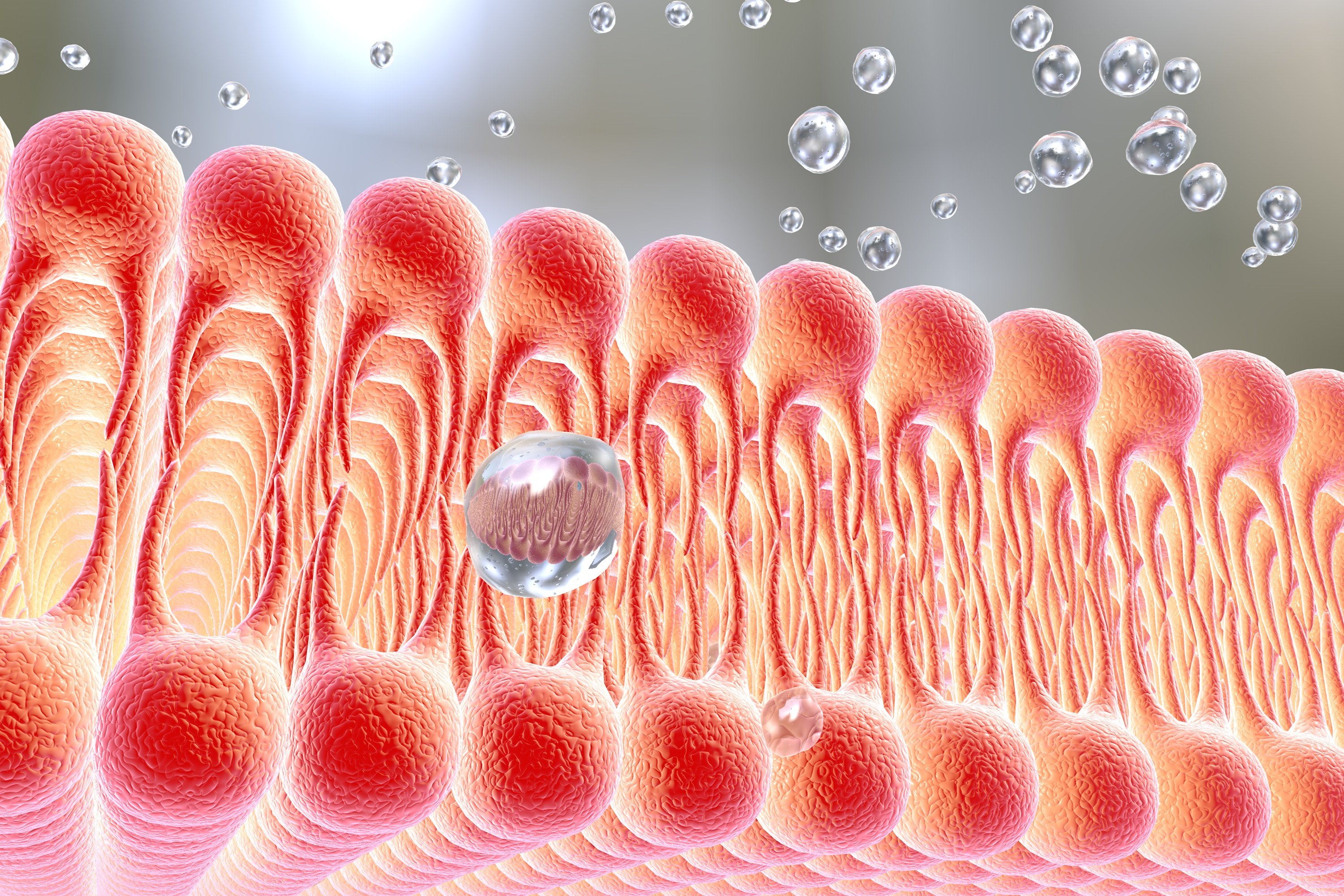
In the last decade, major advances have been made in the field of cell-free protein synthesis. Although the manufacturing of therapeutic proteins has been dominated for many years by cell-based systems, mainly using mammalian and bacterial cell-type systems, cell-free systems are now able to meet biopharmaceutical product requirements that respect Good Manufacturing Practice (GMP), opening-up new bio-production opportunities (Carlson et al., 2012).
Indeed, cell-free systems and associated cell extract have been extensively modified to meet both requirements for the scale-up process and GMP product requirements.
The best example of the cell-free industrialization is Sutro Biopharma, a US-based company, that develops novel cancer therapies, including antibody-drug conjugates, bispecific antibodies, and cytokine-based therapeutics. Sutro targeted immuno-oncology and autoimmune pathways and initiated the first clinical trial in 2018 with a product candidate using a cell-free system.
This first product concerns an antibody-drug conjugate (ADC) directed against the CD74 antigen, a cell-surface protein associated with B-cell malignancies, to treat non-Hodgkin’s lymphoma and multiple myeloma. A second product candidate is intended to enter clinical trials in 2019 and other candidates are in early, or pre-clinical development, and demonstrate significant potential.
Cell-free systems meet Good Manufacturing Practices and offer more homogeneity from batch-to-batch than with an E. Coli system.
To be sure companies meet GMP requirements, the first criteria to focus on was to select and out-source carefully products and raw materials, particularly with regards to their origin and traceability such as products from animal origin that had to be avoided.
Considerable effort was invested in preparing the necessary crude protein extract, since it was essential for the consistency and robustness of cell-free processes, but also for GMP compliance. For example, apart from the simplification and standardization of the preparation, the cell lysis, harvest and run-off reactions are now all optimized (Kwon et al., 2015; Carlson et al. 2012).
Another main challenge in the scale-up process was to avoid residual bacterial contamination of the cell lysis. Indeed, remaining living bacteria after cell breakage of 99.999% of cells still represent millions of cells per liter which could potentially grow during the protein synthesis reaction. To overcome this issue, two successful techniques have been developed to sterilize E. coli cell extract: sterile filtration and lyophilization, both maintaining protein synthesis activity (Smith et al., 2014; Smith et al., 2015).
After the production, following this process, the quality of the protein was assessed using analytical methods widely used by the biopharmaceutical industry. Thus, purity, oligomeric state, intact mass, disulfide bonding pattern and biological activity were used for rhGM-CSF and met the pharmaceutical grade requirements (Zawada et al., 2011).
In addition to the advantages noted above, as the cell-free system is based essentially on biochemical reactions, the resulting product is homogenous and shows few variations from batch-to-batch. This can also have a positive impact on plant design in many ways: with short reaction times and batch-to-batch consistency, cell-free technology provides an agile system with which it is possible to combine multiple batches to supply market demand, to respond quickly or to switch between product lines if necessary.
In conclusion, the agility of the cell-free system contrasts with living cell type cultures where batch-to-batch variations can make it difficult to combine multiple batches for a single product release.
Authors & sources :
Carlson E.D., Gan R., Hodgman C.E., Jewett M.C. 2012. Cell-free protein synthesis: Applications come of age. Biotechnology Advances 30:1185–1194.
Kwon Y.-C., Jewett M. 2015. High-throughput preparation methods of crude extract for robust cell-free protein synthesis. Scientific reports 5:8663.
Smith M.T., Berkheimer S.D., Werner C.J., Bundy B.C. 2014. Lyophilized Escherichia coli-based cell-free systems for robust, high-density, long-term storage. BioTechniques 56:186-193.
Smith M.T., Bennett A.M., Hunt J.M., Bundy B.C. 2015. Creating a Completely “Cell-free” System for Protein Synthesis. Biotechnology Progress 31:1716-9.
Zawada J.F, Yin G., Steiner A.R., Yang J., Naresh A., Roy S.M., Gold D.S., Heinsohn H.G., Murray C.J. 2011. Microscale to manufacturing scale-up of cell-free cytokine production – A new approach for shortening protein production development timelines. Biotechnology Bioeng 108(7):1570-1578.




